How to prepare your home for winter
With rising energy costs and the ongoing cost-of-living crisis, learning how to prepare your home for winter can make a real difference. Not only does it help reduce energy bills, but it can also improve comfort and protect your property from seasonal damage. From insulation tips to emergency kits, our comprehensive home winter checklist will guide you through every essential step.
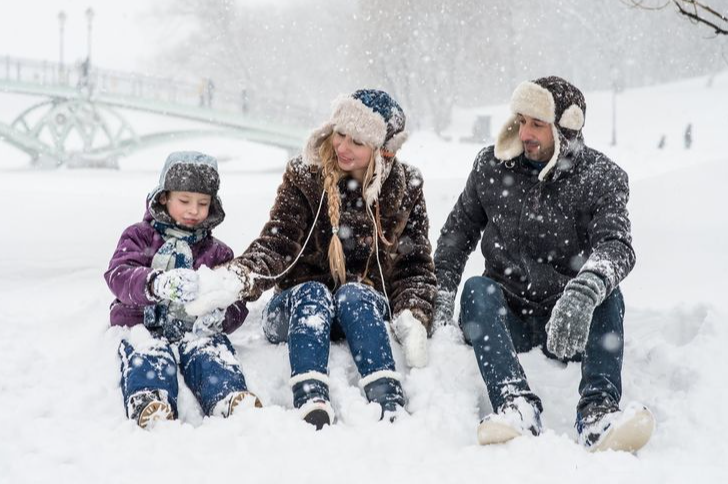
https://www.pinterest.com/pin/60798663706818518/
Winter home preparation checklist:
Step 1: Boiler Service
Before temperatures drop, have your boiler serviced by a qualified engineer. This simple step ensures it’s running efficiently, reduces the risk of breakdowns, and ultimately saves you money. Annual servicing is much more affordable than emergency repairs or full replacements.
Top tip: If your boiler is connected to heating systems throughout the house, servicing it now also helps protect your pipes from freezing later on.
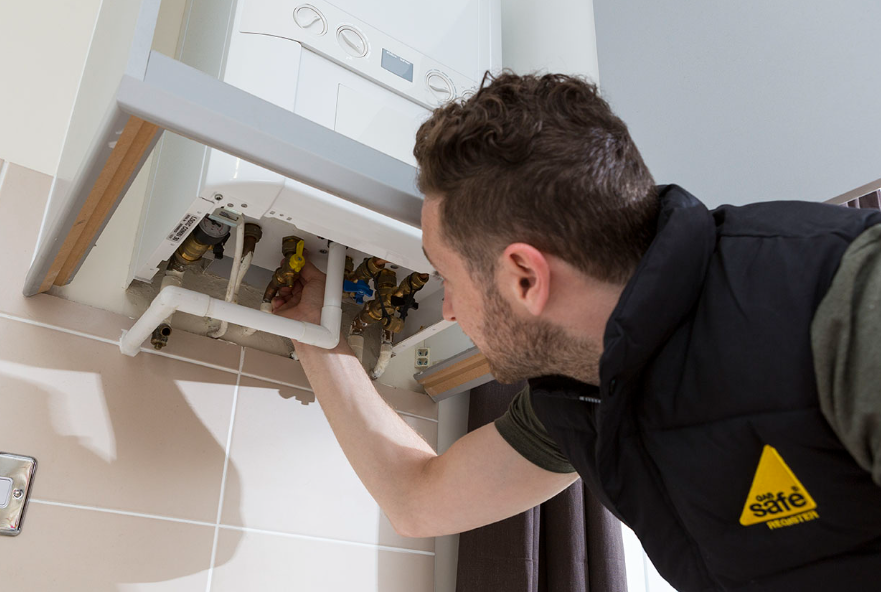
https://testoltd.wordpress.com/2020/10/05/how-to-maintain-your-boiler-like-a-pro/
Step 2: Check Pipes
When it comes to how to insulate your house for winter, don’t forget your pipes. A few simple tasks can help avoid costly repairs:
-
Keep the heating on low when you're away.
-
Insulate exposed pipes and your hot water tank.
-
Disconnect and drain garden hoses.
-
Open the loft hatch in extreme cold to allow warm air to circulate.
What should you do if your water pipes freeze?
If your water pipes do freeze, don't worry! Wrap them in a warm towel or use a hot water bottle to thaw safely, starting from the tap end.
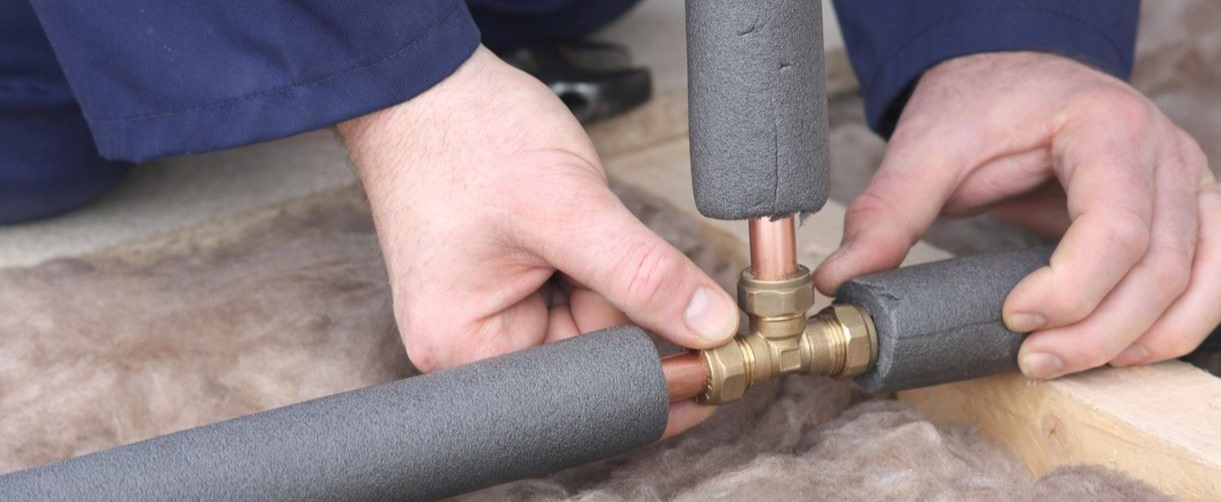
https://www.courtesyplumbers.com/blog/2020/september/why-pipe-insulation-isn-t-just-for-winter/
Step 3: How to find draughts in the house
Draughts can cause major heat loss and drive up your energy bills. Here’s how to find draughts in the house and deal with them effectively:
-
Exterior & Interior Doors: Check around the frames, keyholes, and letterboxes. Use brush strips or draught excluders to seal gaps.
-
Windows: Self-adhesive seals can help insulate older or sash windows.
-
Fireplaces: Use chimney balloons or stoppers to prevent heat escaping (remove them before use!).
-
Lofts: Ensure good insulation and apply sealing tape to the hatch for an airtight seal.
-
Floors & Skirting Boards: Fill gaps with flexible silicone sealant to stop cold air rising from beneath.
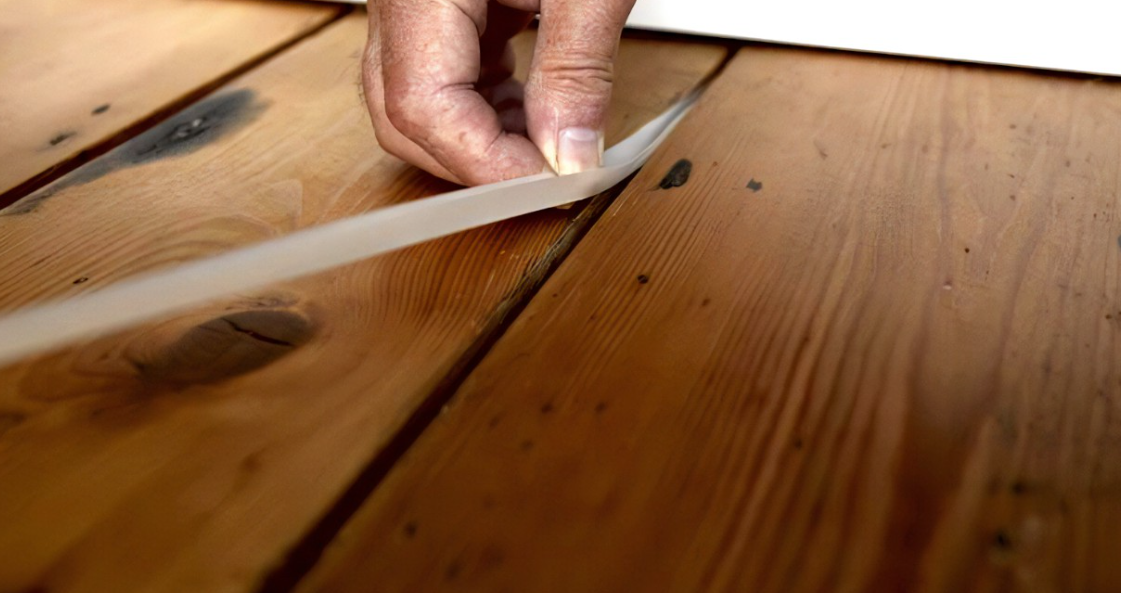
https://www.thegreenage.co.uk/tech/draught-proofin...
Step 4: Insulating the Hot Water Tank
Still got a traditional tank? Wrapping it in an insulating jacket or blanket can drastically reduce heat loss and make your home more energy-efficient. Newer models may already have built-in insulation—but older ones benefit from this simple upgrade.
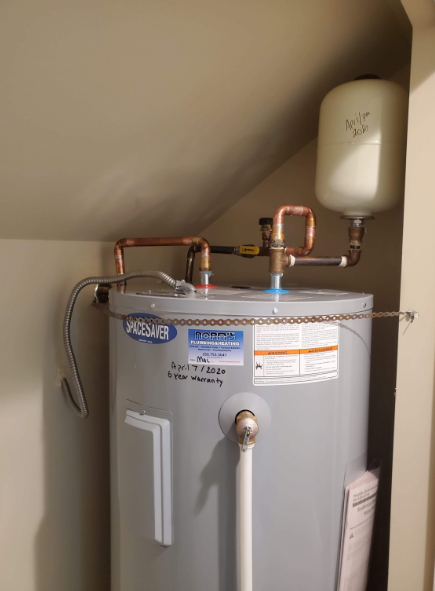
https://www.normsmobile.ca/electric-hot-water-tank...
Step 5: Cleaning gutters in winter
Leaves, moss, and snow can clog your gutters, leading to leaks and damage. Regular cleaning of gutters in winter ensures water flows freely and doesn’t back up into your roof or walls.
Consider:
-
Removing debris by hand or using a gutter-cleaning tool.
-
Installing snow guards or gutter guards to prevent blockages.
-
Inspecting for cracks and signs of wear.
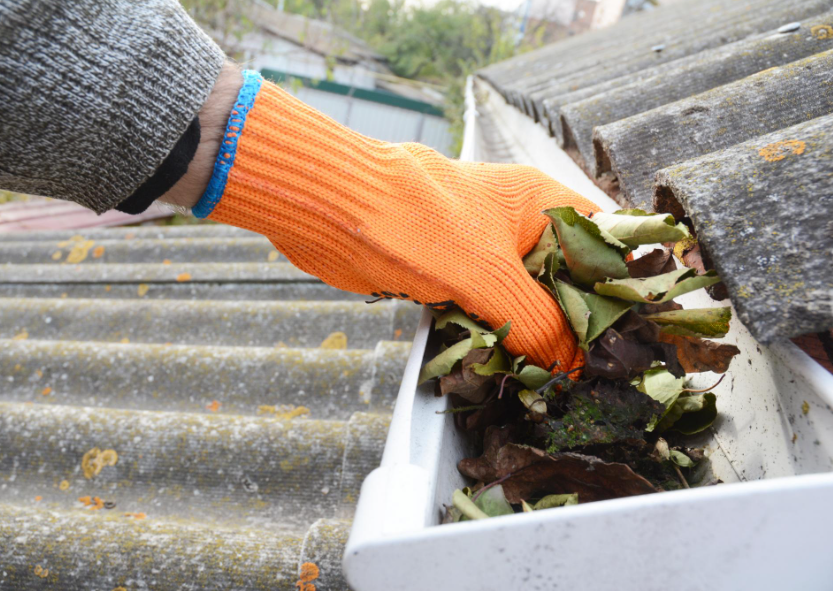
https://sdpro-handyman.com/the-importance-of-fall-...
Step 6: Check the roof
A quick visual inspection of your roof could save you a fortune in water damage. From inside the loft, look for signs of daylight or damp patches that may indicate missing tiles or flashing issues.
For peace of mind, hire a professional roofer to check the condition of slates, chimneys, and flat roof coverings before winter sets in.
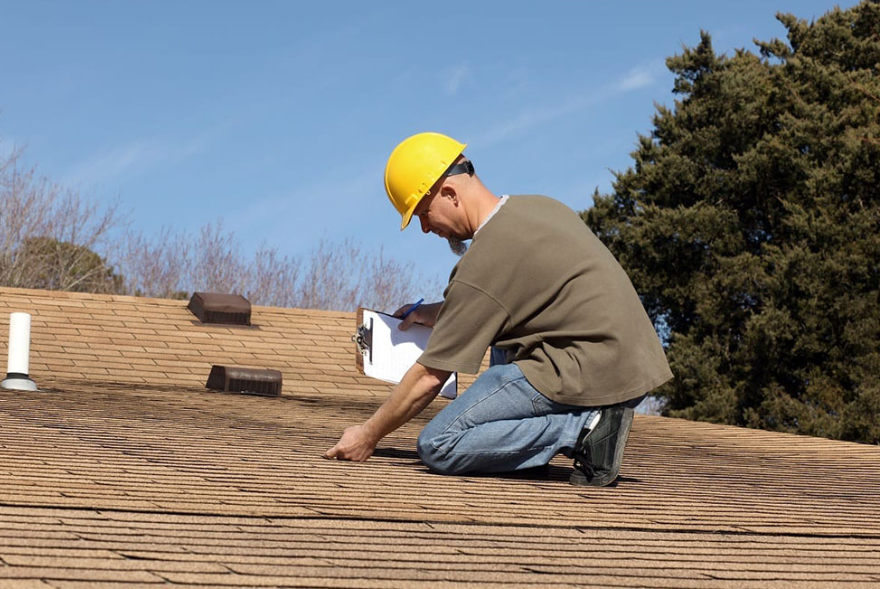
https://www.impressiveinteriordesign.com/how-to-ge...
Step 7: Check Outdoor Lighting
Shorter days mean you’ll rely more on external lighting. Make sure it’s safe and functional:
-
Replace burnt-out bulbs and check wiring.
-
Clean any dirty fixtures.
-
Store decorative outdoor lighting safely during extreme cold to prevent cracking.
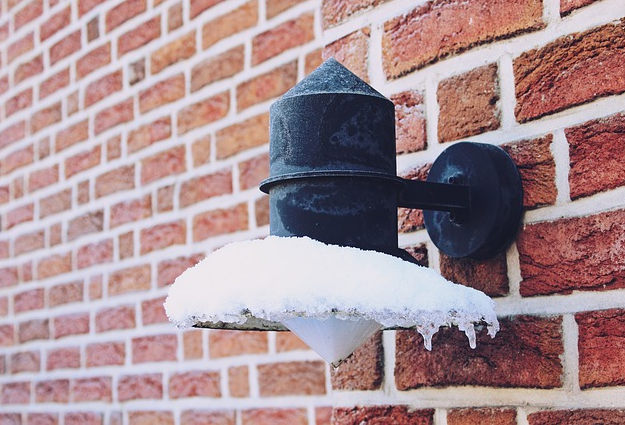
https://edwardslawnllc.com/tips-for-maintaining-yo...
Step 8: Fireplaces and Chimneys
If you plan to use your fireplace, get your chimney professionally swept to avoid blockages and carbon monoxide build-up. Always burn seasoned wood to minimise smoke and residue.
Pro tip: Wet or unseasoned wood causes tar build-up that can lead to chimney fires.
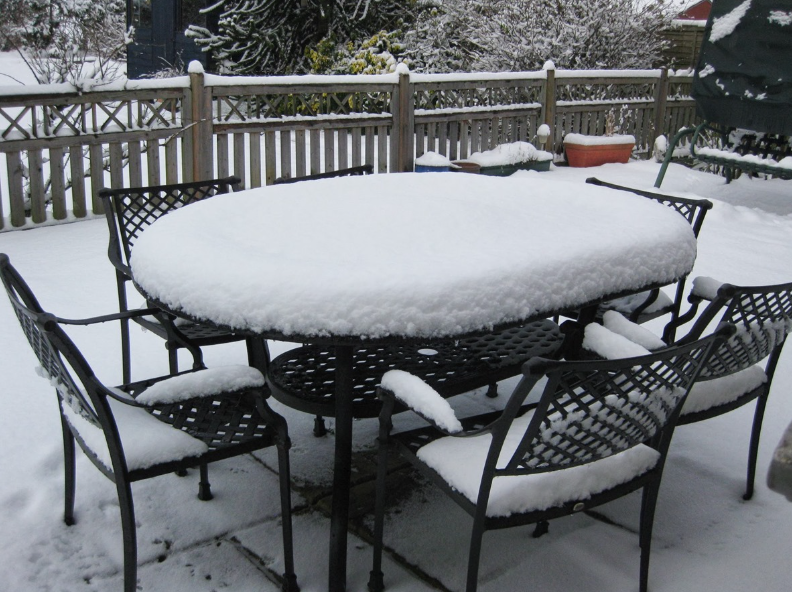
https://interior.tn/furniture/how-to-protect-garden-furniture-in-winter/
Step 9: Protect outdoor furniture
Don’t let harsh weather damage your patio sets. If you don’t have storage space, here’s how to keep your garden furniture in good shape:
-
Clean and treat wooden furniture to prevent rot.
-
Use fitted, windproof covers.
-
Bring fabric cushions indoors.
-
For metal furniture, apply car wax to create a protective barrier against water.
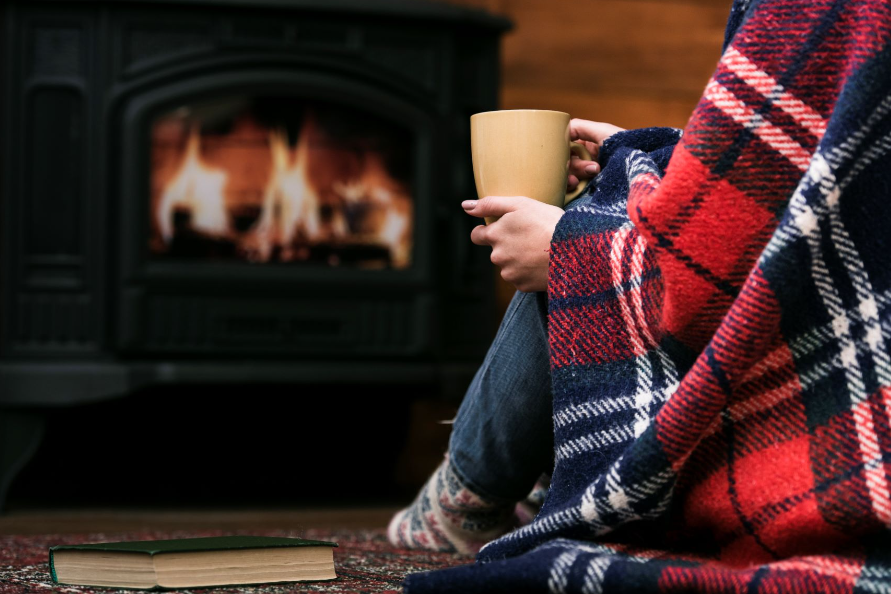
Step 10: Have a Winter Kit Ready
Even after you’ve prepped your home, the weather can still surprise you. Keep an emergency winter kit handy with essentials like:
-
Torch and batteries
-
First aid kit
-
Rock salt and a shovel
-
Candles and matches
-
Bottled water and non-perishable food
-
Spare blankets and sleeping bags
-
Battery-powered radio
Whether you’re looking to seal up draughts, upgrade insulation, or get serious about cleaning gutters in winter, following a solid home winter checklist will help you stay warm, safe, and energy-efficient.
If you're looking to improve your home further, explore our range of insulation products here.
Need more advice on how to prepare your home for winter this year? You can check out our sister blog on how to prepare your garden for winter, or get in touch with our friendly team in branch or call 01472 907051 - we're more than happy to help!
Recent Posts
-
Garage conversion ideas to maximise your space
You’ve got a garage but you park on the drive and really need more living space – we&rsq
-
Garden Gate Buying Guide
Is your next project adding a garden gate to enhance, protect and secure your garden? Before you do

